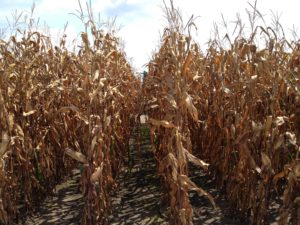
Non-Bt Hybrid Yield Trial Results and Why You Should Plant Non-Bt Corn as Resistance Insurance
All growers who plant Bt corn in North Carolina are required by law to plant non-Bt corn (refuge). Details …



El inglés es el idioma de control de esta página. En la medida en que haya algún conflicto entre la traducción al inglés y la traducción, el inglés prevalece.
Al hacer clic en el enlace de traducción se activa un servicio de traducción gratuito para convertir la página al español. Al igual que con cualquier traducción por Internet, la conversión no es sensible al contexto y puede que no traduzca el texto en su significado original. NC State Extension no garantiza la exactitud del texto traducido. Por favor, tenga en cuenta que algunas aplicaciones y/o servicios pueden no funcionar como se espera cuando se traducen.
Inglês é o idioma de controle desta página. Na medida que haja algum conflito entre o texto original em Inglês e a tradução, o Inglês prevalece.
Ao clicar no link de tradução, um serviço gratuito de tradução será ativado para converter a página para o Português. Como em qualquer tradução pela internet, a conversão não é sensivel ao contexto e pode não ocorrer a tradução para o significado orginal. O serviço de Extensão da Carolina do Norte (NC State Extension) não garante a exatidão do texto traduzido. Por favor, observe que algumas funções ou serviços podem não funcionar como esperado após a tradução.
English is the controlling language of this page. To the extent there is any conflict between the English text and the translation, English controls.
Clicking on the translation link activates a free translation service to convert the page to Spanish. As with any Internet translation, the conversion is not context-sensitive and may not translate the text to its original meaning. NC State Extension does not guarantee the accuracy of the translated text. Please note that some applications and/or services may not function as expected when translated.
Collapse ▲
All growers who plant Bt corn in North Carolina are required by law to plant non-Bt corn (refuge). Details …

Patrick Fitzgerald | 9/10/2019 | National Wildlife Foundation When cities and communities consider what trees, shrubs and flowers to plant …

Sonya Begemann | 9/17/2019 | Ag Web You’ll likely be seeing summer annual weeds from the combine, with a few …

Dan Charles | 9/16/2019 | NPR Walking around a park near Allentown, Pa., I didn’t even notice the bugs at …
USDA | 9/12/2019 U.S. Department of Agriculture Deputy Under Secretary Scott Hutchins announced today that the National Institute of Food …
Dieback Symptoms in Hemp Over the last month, dieback symptoms have been widely observed in hemp stands. These symptoms are …
Due to possible tropical storm conditions, the Plant Disease and Insect Clinic will close on Thursday, September 5, 2019, …
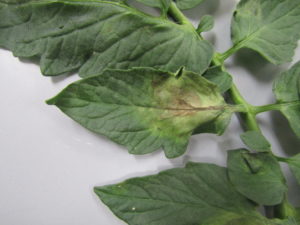
Late blight on tomato was confirmed in Haywood County on August 26, 2019, and confirmed by microscopic observation of …

The fall armyworm is a chronic pest in the Southeast and can cause severe damage to grass and forage …
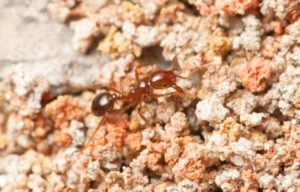
As red imported fire ants continue to spread across North Carolina and the country, you may be a bit …
Sandra Avant USDA ARS | 8/21/2019 | Via Morning AgClips Marek’s disease—a highly contagious viral disease caused by a herpesvirus—is …

Hemp Leaf Spot Problems North Carolina industrial hemp producers are combatting a leaf spot issue that is caused by Exserohilum …
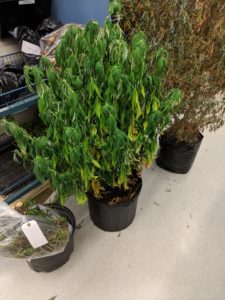
Root, Crown, and Stem Rot Root, crown, and stem rots are being observed in industrial hemp stands across North Carolina. …

Cornell University | MorningAgClips via EurekaAlert! With New York state’s $20 million berry industry entering peak season, an invasive fruit fly …
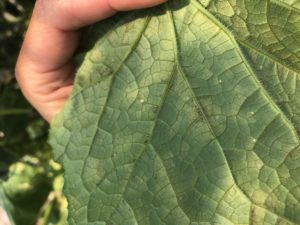
Cucumber Downy Mildew (CDM) has been confirmed on cucumber samples from our sentinel plot in Waynesville, NC (Haywood County) …
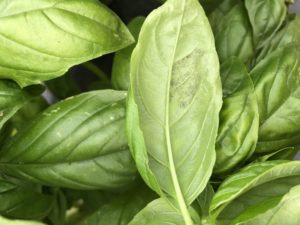
Basil downy mildew has been confirmed on the variety Genovese in our research plots in Haywood County, North Carolina …

Curious to know about agriculture and food research currently being funded by the National Institute of Food and Agriculture? Check …

Dr. Robert Orpet | 6/25/2019 | Via Entomology Today The European earwig (Forficula auricularia) may be difficult to appreciate …
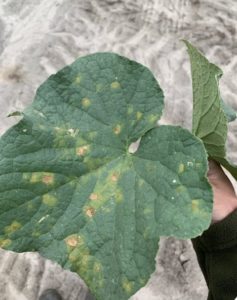
Written by Lina Quesada-Ocampo and Kimberly D’Arcangelo Cucumber Downy Mildew (CDM) was confirmed on a cucumber sample from a production …

This factsheet describes the biology of the cane lace bug or bamboo lace bug, Leptodictya …

This factsheet describes the biology of the banded sphinx moth or lesser vine sphinx, Eumorpha …

This factsheet describes the biology of the elm-grass root aphid, Tetraneura ulmi, and provides residential …
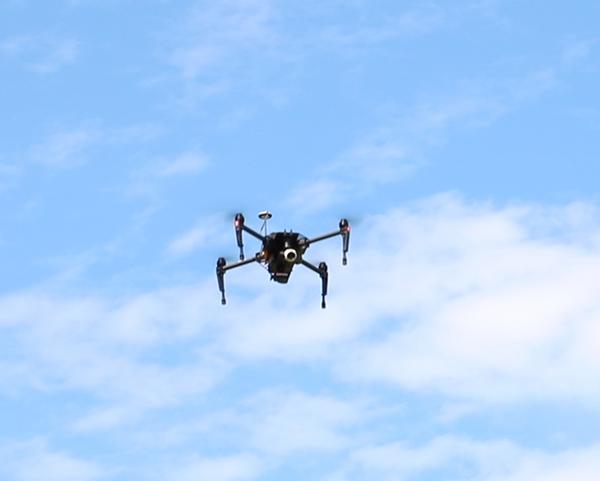
This publication discusses flying unmanned aerial vehicles (drones, model aircraft) for commercial purposes. You'll learn …
This publication describes the life cycle, scouting and treatment of the balsam twig aphid, a …

This article will cover two important scale insect pests of blueberries in North Carolina, terrapin …

This vegetable pathology factsheet describes the identification and treatment of anthracnose of pepper.

This factsheet describes the biology and control of bermudagrass mites (Eriophyes cynodoniensis), tiny, worm-like arachnids …